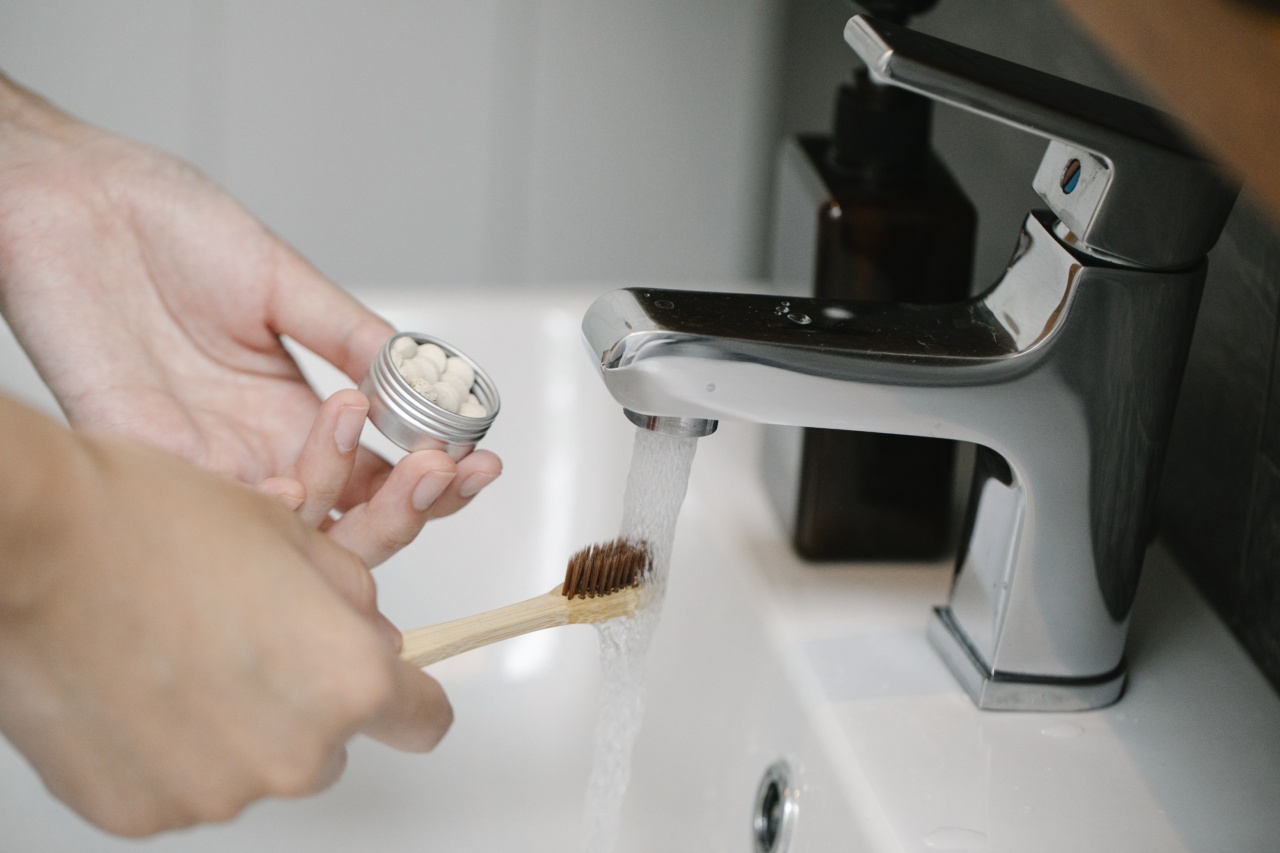Fluid retention, or edema, happens when excess fluids build up in different parts of the body such as the hands, feet, ankles, or legs. This condition can be caused by various factors such as poor circulation, hormonal changes, or certain medications.
Fluid retention can be uncomfortable, and if left untreated, it can lead to serious health problems such as high blood pressure or kidney disease.
Here are some natural ways to reduce fluid retention:.
1. Increase Your Water Intake
It may seem counterintuitive, but drinking more water can actually help reduce fluid retention. When your body is dehydrated, it holds onto fluids as a form of self-preservation. Drinking more water can help flush out excess fluids and reduce swelling.
Aim to drink at least eight glasses of water per day, and more if you are physically active or in hot weather.
2. Reduce Sodium Intake
Sodium is an essential nutrient that helps regulate blood pressure and fluid balance in the body. However, consuming too much sodium can cause the body to retain excess fluids.
The general guideline is to consume no more than 2,300 milligrams of sodium per day, but you may need to consume less if you have certain health conditions such as high blood pressure or kidney disease. Try to limit your intake of processed foods, fast food, and canned goods, which tend to be high in sodium.
3. Eat More Potassium-Rich Foods
Potassium is a mineral that helps balance sodium levels in the body. When you consume more potassium-rich foods, you can help reduce fluid retention. Good sources of potassium include bananas, avocados, sweet potatoes, spinach, and salmon.
4. Exercise Regularly
Physical activity can help improve circulation and reduce fluid retention. Aim to engage in moderate-intensity exercise for at least 30 minutes per day, several times per week.
Activities such as brisk walking, cycling, or swimming can help get your blood flowing and reduce swelling.
5. Elevate Your Legs
If you experience fluid retention in your legs, elevating your legs above your heart can help improve circulation and reduce swelling. You can prop your legs up on pillows or a footstool when sitting or lying down.
6. Massage the Affected Areas
Gentle massage can help stimulate circulation and reduce fluid retention in the affected areas. Use gentle strokes and apply a moisturizer or massage oil to prevent skin irritation.
You can also use a foam roller to massage your legs or use a massage ball to roll under your feet.
7. Try Herbal Remedies
Some herbs and supplements may help reduce fluid retention. For example, dandelion root may have a diuretic effect, which can help flush out excess fluids. Other herbs such as parsley, ginger, or hibiscus may also have similar effects.
However, always consult with your healthcare provider before trying any herbal remedies or supplements, especially if you have certain health conditions or taking medication.
8. Wear Compression Garments
Compression garments such as compression stockings or sleeves may help reduce fluid retention in the legs or ankles. These garments exert pressure on the surrounding tissues, which can help improve circulation and prevent fluid buildup.
Compression garments come in various sizes and compression levels, so it’s important to choose the right one that fits you well and provides the appropriate amount of pressure.
9. Avoid Sitting or Standing for Prolonged Periods
Sitting or standing for long periods can cause fluid to accumulate in the legs or feet, leading to swelling or discomfort. Make sure to take frequent breaks and move around if you have a sedentary job or lifestyle.
If you must stand for long periods, try to shift your weight from one foot to another or walk around if possible.
10. Manage Underlying Conditions
If you have certain medical conditions such as heart or kidney disease, hormonal imbalances, or venous insufficiency, managing these conditions can help reduce fluid retention.
Follow your healthcare provider’s recommendations for medication, diet, and lifestyle changes to help improve fluid balance in your body.
In summary, fluid retention can be uncomfortable and even dangerous if left untreated.
However, there are natural ways to reduce swelling and improve fluid balance in the body such as drinking more water, reducing sodium intake, exercising regularly, or wearing compression garments. Always consult with your healthcare provider before trying any new remedies or supplements.































